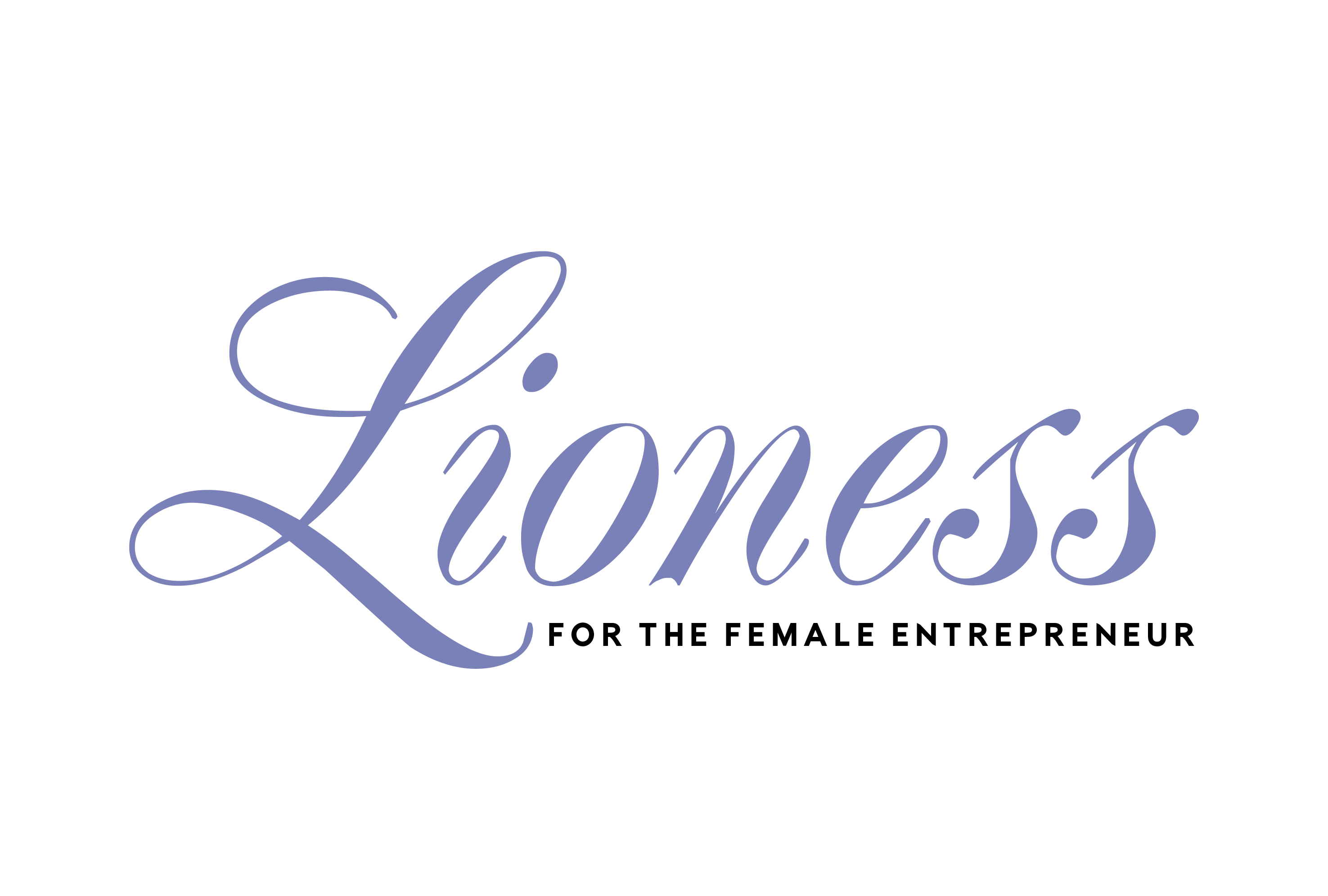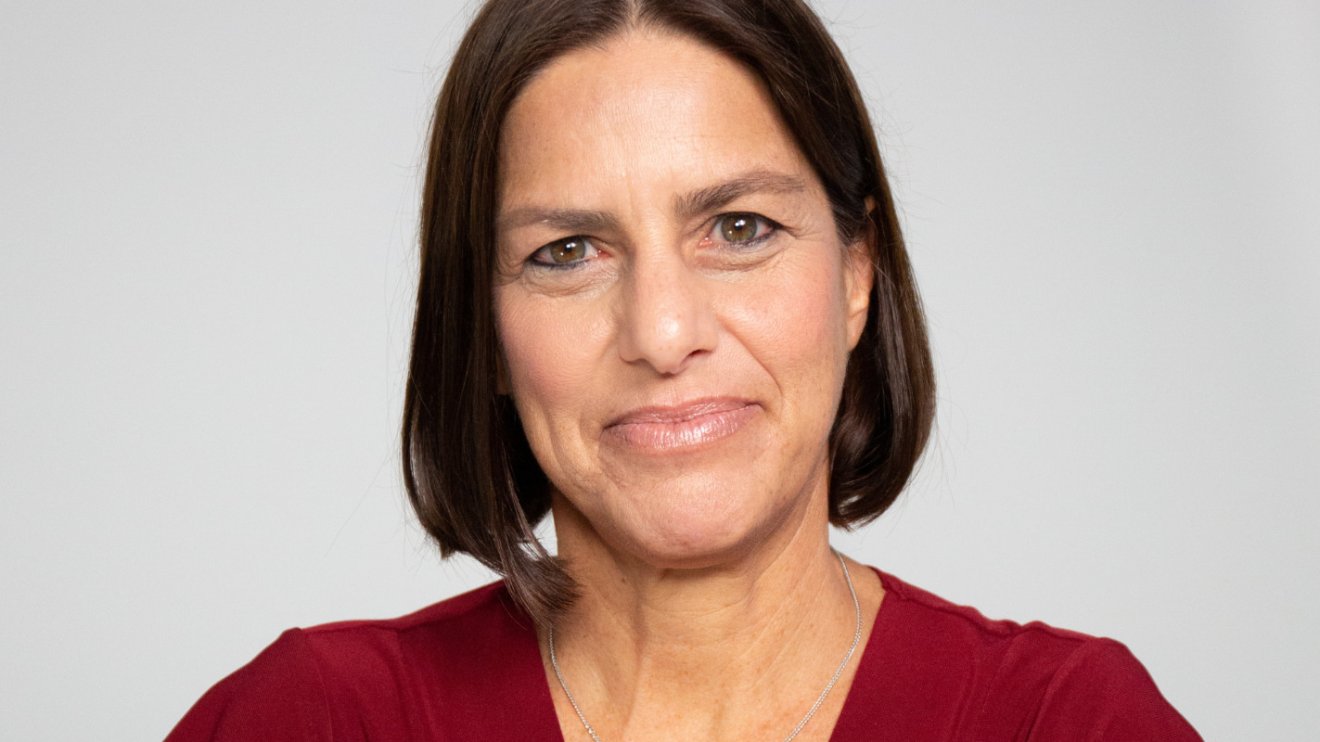Marlena Fejzo has just been named one of 12 TIME Women of the Year for her groundbreaking research on Hyperemesis Gravidarum. She discovered the gene responsible for nausea and vomiting during pregnancy. Despite the accolades, her work still lacks funding and is far from over. Lioness recently interviewed her to share her story.
Over twenty years ago, Marlena Fejzo began a scientific journey that would impact countless women. She only had a faint idea of how to begin – no funding and no mentor. She wanted to find the cause of a debilitating condition called hyperemesis gravidarum (HG). HG causes such extreme nausea and vomiting in pregnancy that women become dehydrated, malnourished and bedridden. HG is the leading cause of hospitalization in the first trimester and second only to preterm labor in all pregnancy cases. Women aren’t healthy enough to provide for the fetus. Regular morning sickness (less extreme symptoms of vomiting and nausea) affects eighty percent of pregnancies; HG impacts two to ten percent.
The search for the cause is deeply personal to Fejzo, who suffered from hyperemesis gravidarum herself. Her experience was harrowing. At one point, her doctor told her she was exaggerating her symptoms for attention. During her second pregnancy, she lost her baby because of ineffective care and the severity of the disease.
The 20-plus year journey to discovery
Fejzo is a Harvard-trained geneticist. Hyperemesis gravidarum didn’t seem to run in her family, but she still felt the need to investigate the chance that it was genetic. She started by designing her own scientific study. She partnered with the HER Foundation a nonprofit which researches and raises awareness for the condition. She collected survey responses, medical records and samples from women with HG and their families.
Fejzo noticed strong patterns. For example, she found that “if your sister had it, it actually increased the risk of hyperemesis gravidarum by 17 times.”
Despite the partnership, it still took her over ten years to collect a bigger test population of 1,000 women. She needed more proof and a bigger test population – a necessary step for her findings to have meaning in the scientific world.
Unexpectedly, the opportunity came with a birthday present from her brother: a genetics kit from 23andMe. Fejzo noticed that the company asked customers if they were willing to share their data for scientific studies. She reached out to 23andMe, and they accepted her proposal. This was a huge step in her journey. Fejzo could collect relevant samples faster than ever before.
A remarkable find
Fejzo studied the data and discovered something promising. It was a potential culprit gene: GDF15. This is the same gene involved in the wasting condition cachexia, the cause of death in twenty percent of cancer patients. Weight loss, difficulty eating and muscle loss are all direct results of cachexia. Hyperemesis gravidarum patients showed high levels of the hormone, GDF15.
Gender bias comes into play
Even with the samples secured, Fejzo’s challenges were far from over. She had incredible data, but she needed money for the next step in her research. She applied for funding from the National Institute of Health (NIH), one of the biggest public funders for biomedical research in the US. She was denied.
At the same time, the Institute accepted a similarly sized study for erectile dysfunction. Erectile dysfunction, arguably, only affects one person at a time. HG affects the current and future health of both the mother and child. Erectile dysfunction has a predicted 35 percent chance of being inherited, while HG has a predicted 70 percent chance of being inherited. It was a frustrating time to hit a wall.
An uphill battle
Less than two percent of VC funding went to female-led initiatives. Fejzo knows this all too well. She was on the brink of something big but had no opportunity to move forward.
Only after she published her paper with 23andMe did it catch the attention of Regeneron Genetics Center. They offered to complete a detailed analysis of her data, which was vital. She would not have been able to afford it otherwise.
The breakthrough comes
GDF15 was confirmed to be the culprit. A rare mutation in GDF15 resulted in a tenfold chance of having HG.
Fejzo began piecing together parts of the puzzle. Hyperemesis gravidarum changes from one pregnancy to the next, depending on hormones. These hormones are mostly in the fetal cells in the placenta. It also turned out to be a sensitivity issue. We all have levels of GDF15, but they spike in pregnancy. Women who have naturally lower levels prior to pregnancy aren’t able to handle the large spikes. This triggers HG.
Working with other scientists, Fejzo could prove her findings through multiple experiments. She first-authored proof of her discovery published in Nature, making waves across her field. She was even able to outline potential solutions.
Exploring the solutions
There are two main options. One is exposing women to levels of GDF15 before pregnancy to desensitize them. The other is blocking GDF15. Either could be tweaked to treat HG.
The medicines exist but “clinical trials take a long time, and have to be done carefully and slowly, especially in pregnant women,” said Fejzo. Work like this also requires more financial backing.
We need diversity in the funding world
After over twenty years of searching for results, Fejzo could trace the cause of the disease. But her work is not over. While her findings are finally being recognized, the funding has not caught up. She still needs investment to pursue potential solutions.
Looking back, partnering with 23andMe was monumental. It was the first step that took her research to the next level thanks to an organization finally supporting her. “23andMe is run by a woman, so you can see how that makes a difference,” she said.
Other funding opportunities still seem to be run by predominantly white men, which makes it harder for diverse female initiatives to feel “relatable” to those with the money.
A word of encouragement to women everywhere
We asked Fejzo for her best advice to the women who are struggling to be taken seriously.
“Please stick to it because we need you.” She wishes she could go back in time and tell herself the same. “There were a lot of hard times where I was feeling ready to quit or give up.”
But if she didn’t pursue this, nobody else would.
Read her Women of the Year interview on TIME magazine to learn more details of her work.
Looking to meet other inspiring women? Check out our curated list of events for International Women’s Day.







[…] Curious about more breakthroughs in women’s health? Check out Marlena Fejzo’s story. […]
[…] HER Foundation announced that geneticist Dr. Marlena Fejzo, Research Director and Board of Directors, was invited to speak at the first White House Conference […]